Unknown 60,000 Period 1831 – 1832 Location Jamaica | 14 killed 207 killed Result Slave defeat | |
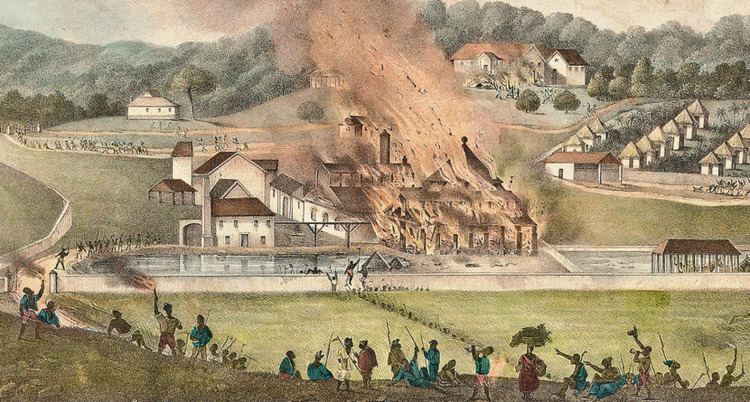 | ||
Similar Tacky's War, Morant Bay rebellion, Invasion of Isle de France, Ahmed Barzani revolt, Invasion of Ceylon | ||
Baptist war
The Baptist War, also known as the Christmas Rebellion, the Christmas Uprising and the Great Jamaican Slave Revolt of 1831–32, was an eleven-day rebellion that mobilized as many as 60,000 of Jamaica's 300,000 slaves. It was led by a black Baptist preacher, Samuel Sharpe, and waged largely by his followers.
Contents
- Baptist war
- The baptist war slave uprising in the last days of slavery professor alec ryrie
- Ideology
- The strike
- Suppression and death toll
- Aftermath
- In literature
- References
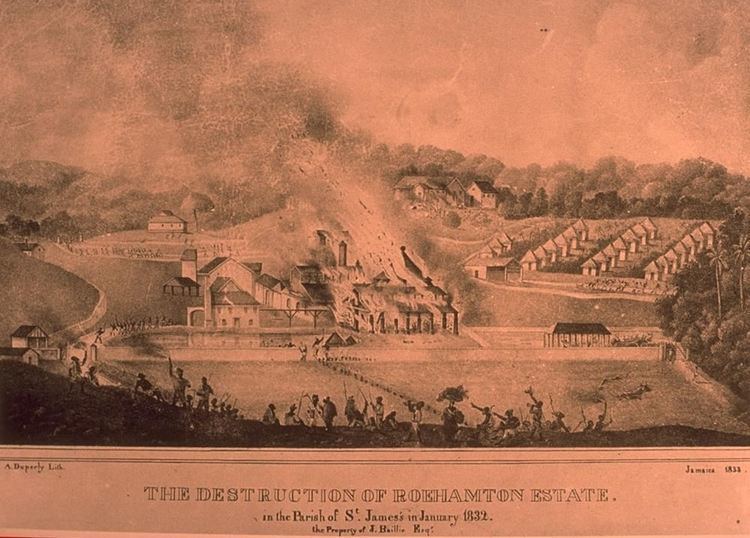
The baptist war slave uprising in the last days of slavery professor alec ryrie
Ideology
The missionary-educated rebels had been following progress of the abolitionist movement in London; their intention was to call a peaceful general strike. Compared with their Presbyterian, Wesleyan, and Moravian counterparts, Baptist slaves seemed more ready to take action. This may have reflected a higher level of absenteeism among white Baptist missionaries. The relative independence of Black deacons facilitated slaves taking greater ownership over their religious life, including reinterpretations of Baptist theology in terms of their own experience (for example, they placed an emphasis on the role of John the Baptist, sometimes at the expense of Jesus Christ.)
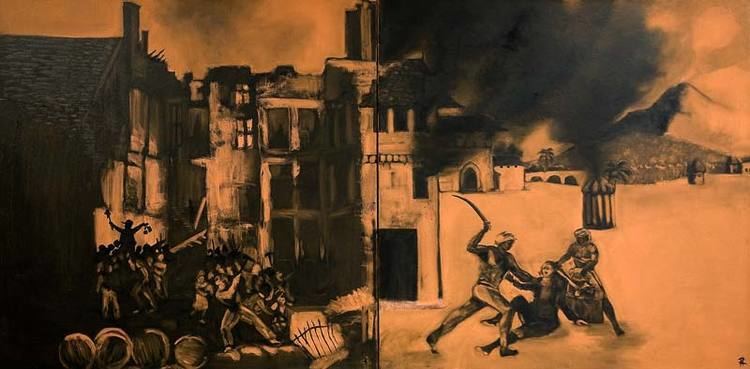
Thomas Burchell, a missionary in Montego Bay, returned from England following Christmas vacation. Many of the Baptist ministry expected that he would return with papers for emancipation from King William. They also thought that the King's men would enforce the order. Thus, discontent escalated among slaves when the Jamaican governor announced that no emancipation had been granted.
The strike
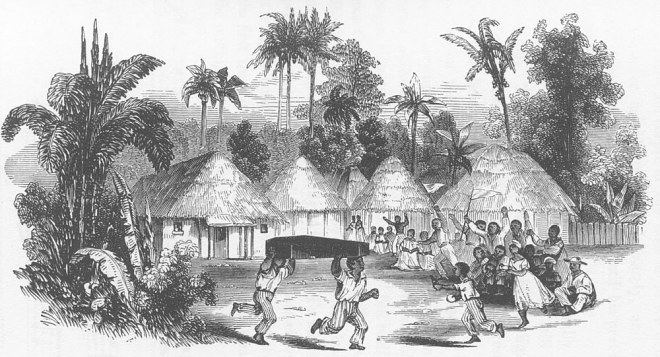
Led by 'native' Baptist preacher, Samuel Sharpe, blacks demanded more freedom and a working wage of "half the going wage rate"; they took an oath to stay away from work until their demands were met by the plantation owners. The slaves in general believed that the work stoppage alone could achieve their ends - a resort to force was only envisaged if violence was used against them. It became the largest slave uprising in the British West Indies, mobilizing as many as 60,000 of Jamaica's 300,000 slaves. Fourteen whites were killed by armed slave battalions during the course of the rebellion, and 207 rebelling slaves were killed.
Suppression and death toll
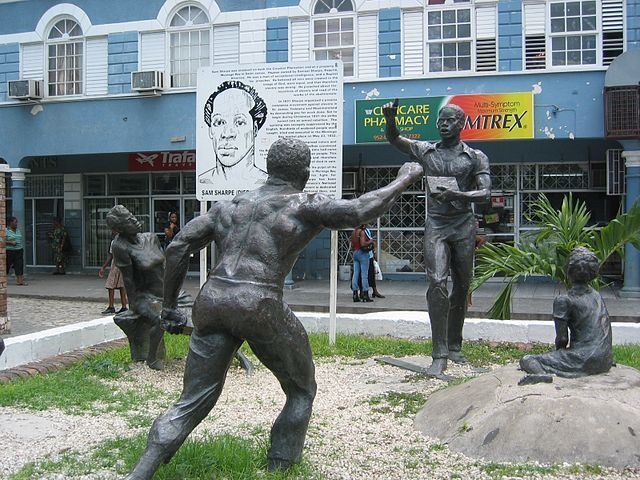
The rebellion was quickly suppressed by British forces, under the control of Sir Willoughby Cotton. The reaction of the Jamaican government and reprisals of the plantocracy were far more brutal. Approximately 500 slaves were killed in total: with 207 killed outright during the revolt. After the rebellion an estimated 310 to 340 slaves were killed through "various forms of judicial executions," at times, for quite minor offences (one recorded execution was for the theft of a pig; another, a cow). An 1853 account by Henry Bleby described how the courts commonly executed three or four persons simultaneously; bodies were piled up until workhouse negroes carted the bodies away at night and bury them in mass graves outside town.
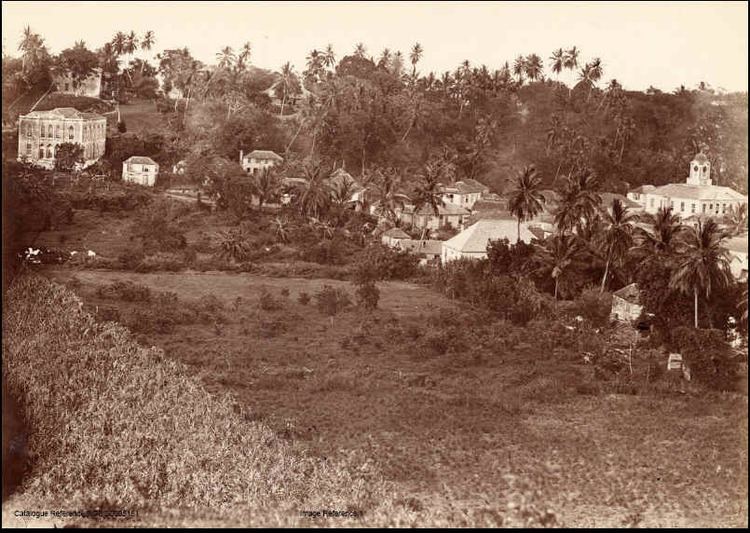
After the rebellion, property damage was estimated in the Jamaican Assembly summary report in March 1832 at £1,154,589 (equaling roughly £52,000,000 in modern terms).
The planters suspected many missionaries of having encouraged the rebellion. Some, such as William Knibb, were arrested but later released. Groups of white colonials destroyed chapels that housed slave congregations.
Aftermath
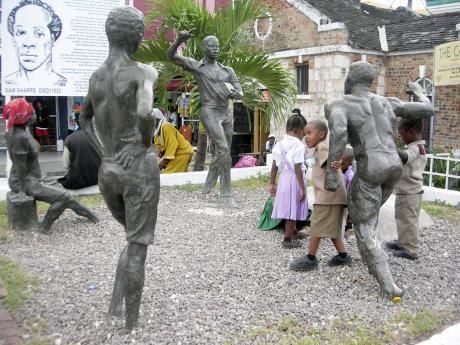
The brutality of the Jamaican plantocracy during the revolt is thought to have accelerated the British process of emancipation. Parliament passed a law for initial measures to begin in 1833, followed by partial emancipation (outright for children six or under, six years apprenticeship for the rest) in 1834, and then unconditional emancipation of chattel slavery in 1838.
